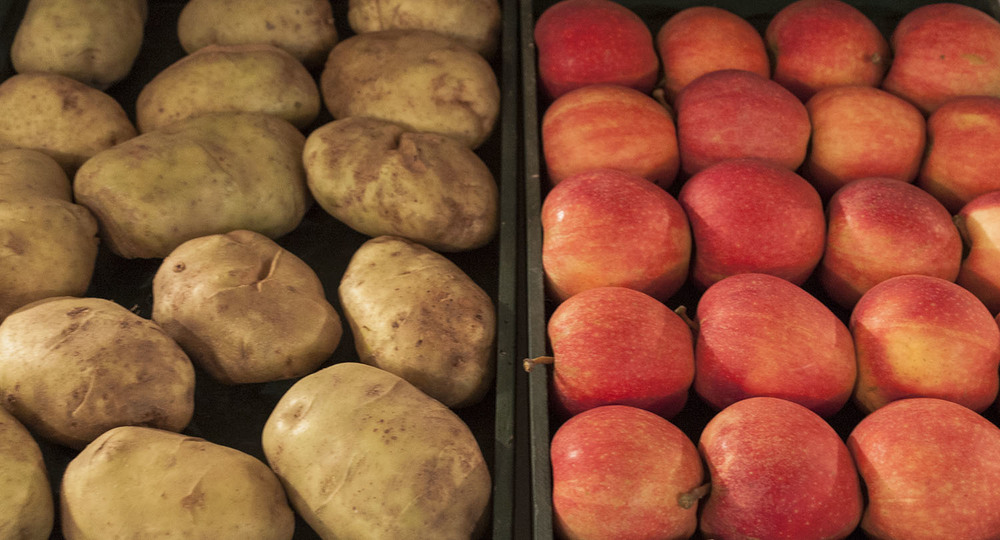Hazardous banned ingredient being served at American restaurants
(NaturalHealth365) Dining out is a privilege that many Americans opt for, especially when living a hurried lifestyle. Some try to choose the healthiest restaurants or foods that fit within their budget, and clever advertisements can woo diners into choosing them. With consumers wanting fresher foods, restaurants have also changed their tune and campaign their ‘healthier’ menus.
The sad thing is that most Americans believe a food lie. It’s tragic: how can a restaurant, like Subway (and Wendy’s), market slogans such as “eat fresh” and “quality is our recipe” if they aren’t truly serving the healthiest options? Unfortunately, your favorite restaurants want your business and will do anything to get you to choose them for your next meal.
We are waking up to these deadly meals and (good) changes are happening.
Recently, healthy food advocates seemed to have made a difference with some of these restaurants touting their so-called ‘fresh’ foods. Maybe you were one of them who signed a petition that got Subway to remove azodicarbonamide – otherwise known as the yoga mat ingredient. While this is a step in the right direction, we need to get the word out about other restaurants who have been under the radar for using this dangerous ingredient that has been banned in other countries.
Science reports azodicarbonamide hazardous to health and carcinogenic
Azodicarbonamide is a dangerous ingredient that was approved by the United Sates Food and Drug Administration (FDA) in 1962 to be used as a flour bleaching agent and dough conditioner. The principal use of this toxic chemical is for the production of plastics and synthetic leathers. (how yummy is that?!)
In 1999, The World Health Organization (WHO) issued a 27 page report that contained the collective views of an international group of experts on azodicarbonamide. They stated that azodicarbonamide is linked to respiratory issues, allergies, and asthma.
In 2011, the Journal of Agriculture and Food Chemistry reported that azodicarbonamide partially degrades when processed with heat and forms trace amounts of semicarbazide – which has been shown to cause cancer tumors.
More recently, the Center for Science in the Public Interest reported another breakdown product called urethane which is a recognized carcinogen. They have stated that when azodicarbonamide is used at its maximum allowable level, it leads to increased levels of urethane – which pose a threat to humans.
Azodicarbonamide banned by other countries due to threat to human health
Due to its toxicity on human health, Europe and Australia banned the hazardous chemical over a decade ago. Singapore has also banned its use. Newsweek reported that the use of it in Singapore results in a punishable fine of $450,000 and 15 years of imprisonment.
The FDA stated that there are alternatives to using azodicarbonamide, so why hasn’t it been banned in the United States?<
Fast food restaurants are still using azodicarbonamide in the foods you eat.
The following is a list of restaurants and foods that still use azodicarbonamide. Other famous restaurants have also been known to use azodicarbonamide in their breads, so beware.
Always check their list of ingredients:
- Arby’s – used in their croissant, French toastix, harvest wheat buns, honey wheat bread, marble rye bread, mini buns, onion roll, sesame seed bun, sourdough breakfast bread, and sub roll.
- Burger King – used in several food products including croissant, sesame seed bun, English muffin, home-style Caesar croutons, French toast stick.
- Carl’s Jr. – used in their plain bun, sesame seed bun, honey wheat bun, sourdough bread, and multigrain croutons.
- Dunkin Donuts – was previously reported to be found in their croissant, danish, and Texas toast sandwich. However, their current menu list could only find azodicarbonamide in their Texas toast sandwich.
- Hardee’s – used in their sourdough bread, seeded bun, hot dog bun, croissants.
- McDonald’s – used in most of the buns and rolls they use for burgers and sandwiches. The only bun that does not contain the poisonous ingredient is the artisan bun used for their bacon clubhouse sandwiches.
- Wendy’s – used in nearly 100 percent of their buns for all burgers and sandwiches.
- White Castle – used in their traditional bun, French toast sticks, and Danish.
Let’s send a message to restaurants who still use toxic azodicarbonamide.
Your health is important, and you can make a difference by sending a message to restaurants who won’t stop using hazardous chemicals like azodicarbonamide in the foods they serve. The first step would be to ban them from your list of chosen restaurants to dine at.
In addition, you may also send them a letter voicing your concern about these ingredients – directly to the company. Never underestimate the power of your purchasing dollar and your voice.
About the author Abby Campbell is a medical, health, and nutrition research writer. She’s dedicated to helping people live a healthy lifestyle in all aspects – physically, mentally, emotionally, and spiritually. Abby practices, writes, and coaches on natural preventive care, nutritional medicine, and complementary and alternative therapy.
References:
https://www.newsweek.com/subway-wont-use-chemical-used-shoe-soles-bread-anymore-228377
https://www.who.int/ipcs/publications/cicad/en/cicad16.pdf
https://pubs.acs.org/doi/abs/10.1021/jf201819xhttps://www.cspinet.org/new/201402041.html
https://cds.arbys.com/pdfs/nutrition/ingredient-allergens.pdf
https://www.bk.com/pdfs/nutrition.pdf
https://www.carlsjr.com/system/pdf_menus/24/original/06.24.15_-_CJ_Ingredient_Guide.pdf?1435096418
https://www.dunkindonuts.com/dunkindonuts/en/menu/food/sandwiches/breakfastsandwiches/big_n_toasted.html
https://www.hardees.com/system/pdf_menus/10/original/Hardee’s_Ingredients_and_Allergens_DEC_2014.pdf?1418442912
https://www.mcdonalds.com/content/us/en/your_questions/our_food/do-your-buns-contain-the-same-chemicals-used-to-make-yoga-mats.html
https://www.wendys.com/en-us/nutrition-info
https://static-whitecastle-com.s3.amazonaws.com/WCIngListSept.2015.pdf
https://www.chick-fil-a.com/Food/Menu
https://assets.jackinthebox.com/pdf_attachment_settings/108/value/Ingredients_and_Allergens.pdf










